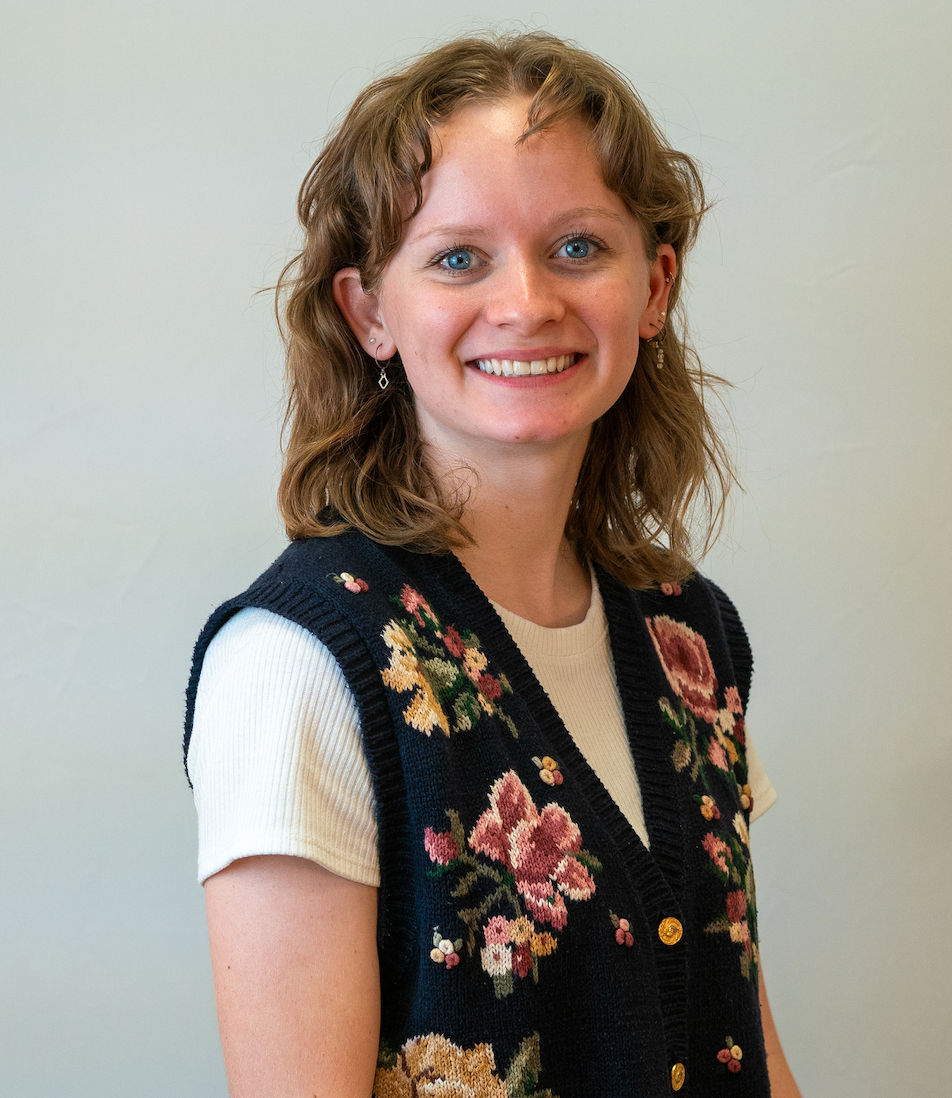Written by Tiane Davis
My sophomore year, during winter break, I took on the hours-long commitment of knitting a pink heart-patterned scarf — to protect myself from the weather, obviously, but to also have something to brag about any time I wore it. I won’t pretend to be humble about it.
I spent hours following the pattern under the string lights in my room before I realized I did not have enough yarn, and when I went to JoAnn fabric to get more, I was very sad to find that the yarn I needed was not there. After a couple days of stressing over how to fix the problem, I decided to restart and make a better version, with a different yarn. Regardless, that’s not my point.
After restarting, with only about five more hearts left to knit (there were about 30 in the whole pattern), I noticed I had unwittingly repeated a row about 15 rows back. At this point I had lost count of how many hours it had taken me, but this was more than my [human] heart could handle. I had to make another decision: Leave the mistake and be painfully aware of it every time I wore the scarf, or unravel and reknit 15 rows like the poor, woe-is-me girl I had habituated myself to be that Christmas. I sat at the kitchen table with my pile of yarn and scarf for an unnecessary amount of time, staring at my mistake and trying to decide if it was crucial enough to go back and fix.
Right when I had hit the moment where a person has to decide whether or not they are able to blink away the tears or let them fall, my mom house-slippered in, peered over my shoulder and asked, “What’s going on?”
I explained the mistake I made, feeling stupid for letting it get to me as my eyes teared up.
To which she told me, “Any mistake is just a sign that you are human.”
I looked at her.
She told me that my grandma sometimes used to put mistakes in her needlework on purpose just so she could be different and human compared to the machines that made the same things she made. Nana called her “mistakes” a sign of love, my mom told me.
I recently learned about the Japanese aesthetic known as “wabi-sabi,” which cannot be directly translated to English, but is essentially the concept that imperfection is not only something that is acceptable, but is what makes something beautiful. Just like how a clean, white pair of Reeboks looks unnatural and unimpressive compared to an old, beat up, falling-apart pair. Sometimes the stains on a shirt are exactly what gives it character, and I personally am never embarrassed about my Reeboks that are held together by a shoestring.
My grandma probably had never heard of this “wabi-sabi” aesthetic, but it seems like she had mastered it. A lot of wisdom comes from forgiving yourself for trivial mistakes and knowing that imperfection is beautiful.
Lately, especially being editor of The Bison, I constantly notice unfixable mistakes I make. It’s easy to let the tears fall, especially when someone else notices too. It’s good to take a moment to be sad about it — but after that, I want to let myself be human too. I like to think that mistakes can be a sign of not only beauty, but authenticity.
Before I loaded up my car to return to campus, I made sure to roll up my new scarf and stuff it in my backpack. It probably took up half the space in my backpack, and I really only wore it once that semester, but I was proud to have it. I was proud to point out to everyone who had not asked that I had made a mistake and had not let it ruin my day. Two years later, I am still proud to have it stuffed in the back of my closet.
Now, every time I pull out my pink heart scarf, I look for the row I accidentally repeated and smile, because it is one of the many signs in my life that I am Tiane, a girl who is imperfect.
